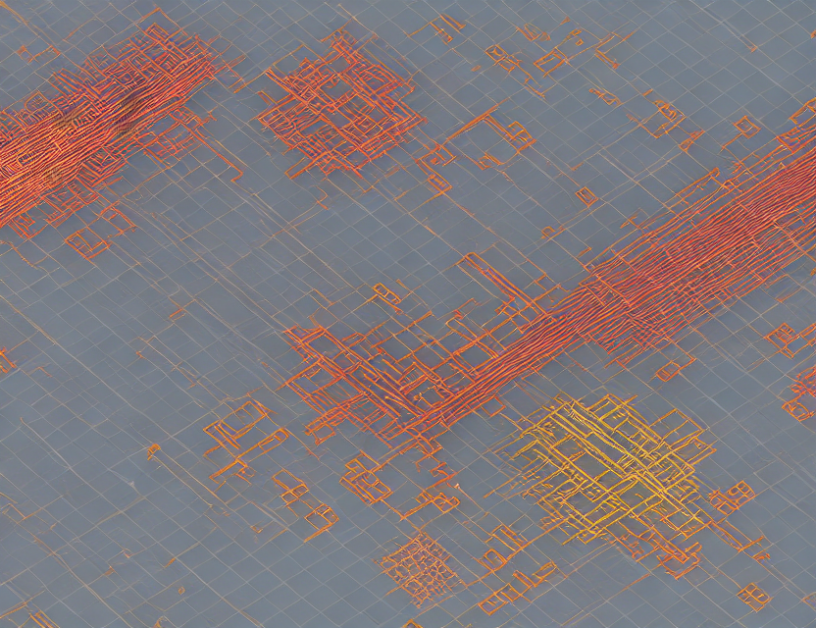In this paper, the author explores the limits of approximating parity functions using quantum computing. Parity is a fundamental concept in computer science that measures the balance between the number of positive and negative elements in a set. Approximating parity is crucial for various applications, such as coding theory and cryptography.
The author investigates the quantum approximate complexity class (QACˆ0), which measures the computational resources required to solve a problem approximately. He establishes bounds on the QACˆ0 complexity of approximating parity using two key techniques: (1) a novel quantum algorithm based on the concept of “quantum oracles,” and (2) a clever reduction from a well-studied problem in classical complexity theory called the “Boolean degree problem.”
The quantum oracle algorithm is an innovative approach that utilizes a special type of quantum state called a “quantum channel” to efficiently solve certain parity problems. By exploiting the properties of these channels, Slote’s algorithm can approximate parity with significantly fewer quantum gates than previous methods.
The reduction from the Boolean degree problem provides another layer of insight into the complexity of approximating parity. It shows that certain variants of the problem are intimately connected with the classical complexity class NP, which is notoriously difficult to solve efficiently. By leveraging this connection, the author can derive tighter bounds on the QACˆ0 complexity of approximating parity.
In summary, the author’s work demonstrates that approximating parity is a challenging task for quantum computing, even with the help of advanced techniques like quantum oracles and reductions from classical complexity theory. By exploring the fundamental limits of quantum computing, this study contributes to our understanding of the potential and limitations of quantum algorithms in solving complex problems.
Quantum Circuit Complexity: Exploring Lower Bounds and Approximation



